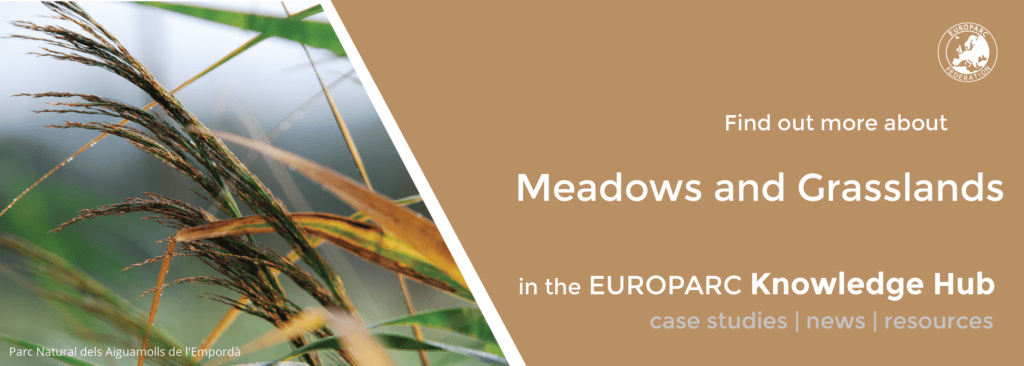Restoring semi-natural grassland with landowners and farmers: a case study from Estonia
Alvar -LIFE to alvars project Website
Alvars are a semi-natural grassland, very limited in their global distribution. One third of them are in Estonia. LIFE to Alvars cooperates with landowners and farmers in order to maintain the second richest ecosystem of the country. As a recognition of the hard work, the project received a Natura 2000 Award in the category “Socio-economic benefits” in 2018.
The decline of pastures, decline of biodiversity
Alvar grasslands are semi-natural grasslands with thin lime-rich soil on limestone bedrock. The number of vascular plants is the richest in species in Estonia after wooded meadows.
Within the European Union, alvars are only found in Sweden and Estonia, with minor areas in south-west Finland. The decrease of alvar grassland habitat area started in the 1950s when the traditional extensive agricultural activities were widely replaced by intensive land-use. In 2013 less than 30% of the Estonian Alvar surface (around 2000 ha) were under annual management, which is necessary for the long-term persistence of this habitat type.
Read also these two studies about grassland management in protected areas in post-communist countries and about the management of wet-grasslands.
The emergence and survival of these semi-natural communities, or heritage communities, is closely linked to traditional activities. Pastoralism is the main human activity that allows these enormously biodiverse grasses to persist.
Decline in grazing has led Alvars to overgrow with shrubs (mainly Juniperus communis) and trees (mostly Pinus sylvestris). The abandonment and afforestation are a threat to its integrity.
Why should we protect them?
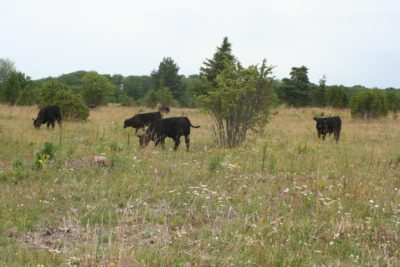
Alvar
- Exceptional biodiversity as compared with intensively managed pasture, providing habitat for wildlife.
- Valuable carbon store, especially without reseeding and fertilizers.
- Responsible for major part of the environmental public goods of European farming.
- Other ecosystem services such as preventing erosion and nutrient migration and filtering water.
From the Iberian dehesas to the Nordic wooded meadows, they’ve been actively farmed for centuries, being an integral part of the forage system.
The Actions: Forestry and community involvement
Carried by the Estonian Environmental Board, the five years-project (which ended in September 2019) has worked out and successfully used a completely novel approach to alvar restoration. It has also contributed to the Estonian Nature Conservation Development Plan 2020.
The following actions were taken within the project:
- Removing trees and shrubs with common forestry and communal machinery.
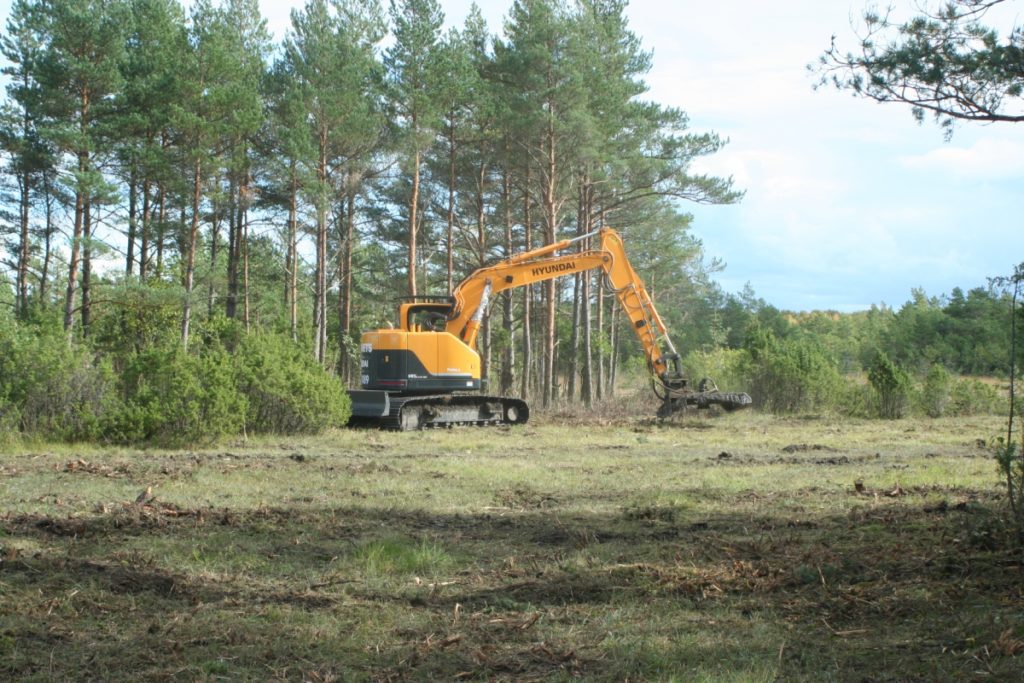
Chain crusher – LIFE to alvars project Website
- Providing equipment, so that each restored area is equipped with grazing infrastructures such as shelters and access to water and roads to ensure continuous management.
- Partnership contracts were signed with land-owners, farmers and the project.
- Dissemination actions
- Annual public meetings, working groups, and study trips were held.
- Promotion of the project with information boards, leaflets, exhibitions and media work.
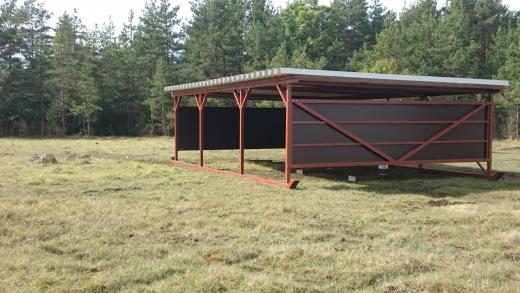
Animal shelter – LIFE to alvars project Website
Results:
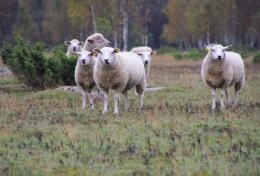
LIFE to alvars project Website
- Altogether, 2500 hectares of most valuable alvar grasslands were restored and the areas have joined the CAP semi-natural grassland management scheme.
- All the restored areas are equipped with grazing infrastructure for their subsequent management by local farmers.
- 600 landowners and 41 local farmers and farming companies were involved in the restoration activities
- Restoration has resulted in a significant increase in plant species richness, particularly in former afforested and shrub-covered areas.
It is all about people. The opinion of the general public and people involved in the project is a key element in gaining success in large scale restoration on private land.
“The community involvement is fundamental when working in private land. A lot of effort has been put into communication and convincing. Finding trustworthy local farmers interested in management and making agreements for continuous management is the second most important key element in maintaining the restoration result long term,” said Ms Annely Holm, from the Estonian Environmental Board and Project Manager of LIFE to Alvars.
LIFE to alvars project was financed by the European Commission LIFE + Nature programme in 2014. Project identification code is LIFE13NAT/EE/000082. The project is co-financed by the Estonian Environmental Investment Centre and by the partners’ self-financing. Project budget is 3 725 865 euros. Lead partner is the Estonian Environmental Board and partners are the University of Tartu, Estonian University of Life Sciences and Seminatural Communities Conservation Association.
